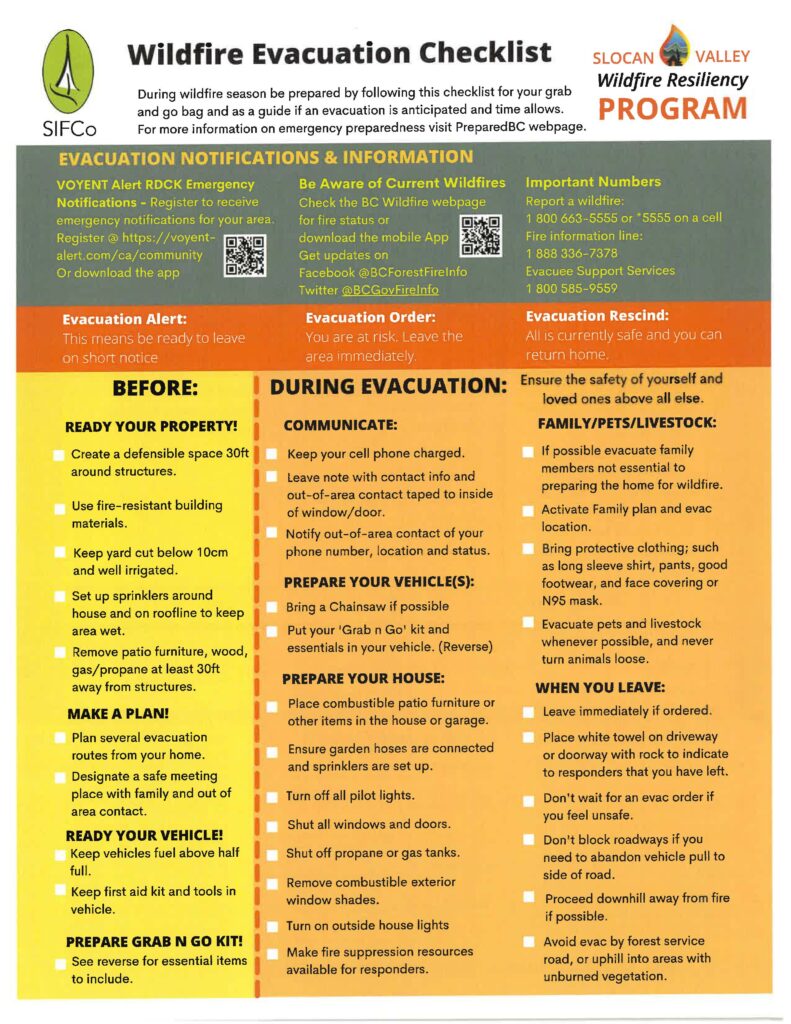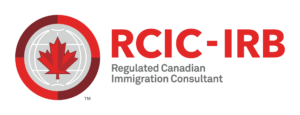Wildfire Evacuation Guide for Newcomers in [Your City/Region]

Wildfire Evacuation Guide for Newcomers in [Your City/Region]
If you’re new to [Your City/Region], Canada, knowing what to do in an emergency is vital. Recent fast-spreading wildfires that led to evacuations show how important it is to be prepared. This guide explains what you need to know about wildfire safety in our area, helping to keep you and your family safe.
Understanding Wildfire Risks
[Your Region] is a beautiful place, but it’s also at risk of wildfires, especially in the dry summer months. Things like dry plants, hot weather, and strong winds can make fires much more likely. Staying informed is the first step in protecting yourself. Check the Natural Resources Canada website for the latest fire danger ratings and wildfire updates.
Understanding Evacuation Notices
When there’s a wildfire, local authorities send out alerts and orders to protect people. It’s important to know the difference between them:
- Evacuation Alert: This means there could be danger. Get ready to evacuate. Gather important supplies, documents, and medications. Be prepared to leave quickly.
- Evacuation Order: This means you must leave right away. Follow the instructions of emergency workers and go to the designated meeting place.
Keep up-to-date on alerts and orders through official sources. The best way to get emergency alerts in [Your Province] is through the Alert Ready system, which sends messages to your phone. Also, watch local news, like [Your Local News Website], and the official [Your City/Region] website.
What to Do During an Evacuation
If you get an evacuation order, stay calm and do these things:
- Leave Immediately: Don’t wait. Time is critical.
- Follow Evacuation Routes: Use the routes that authorities tell you to use. These routes are planned to avoid traffic and lead to safety.
- Shut Off Utilities (If Possible): If you’re told to and it’s safe, turn off your gas, electricity, and water.
- Grab Your Emergency Kit: Have a kit ready with essential items.
- Register at the Muster Centre: When you get to the meeting place (usually a community center or school), sign in with officials. This helps them know that you’re safe. You can find muster center locations on the [Your City] Emergency Services website.
Preparing Your Emergency Kit
Having a good emergency kit is very important for wildfire situations. Make sure to include these items:
- Water (at least 4 liters per person per day)
- Non-perishable food (enough for at least 3 days)
- First-aid kit
- Medications
- Flashlight and batteries
- Radio (battery-powered or hand-crank)
- Copies of important documents (identification, insurance policies)
- Cash
- Warm clothing and blankets
- Personal hygiene items
Important Tips for New Residents
If you’re new to Canada and [Your Region], dealing with emergencies can be especially tough. Keep these points in mind:
- Learn English: Knowing English is essential for understanding emergency information.
- Build a Local Network: Connect with people in your neighborhood and community groups. They can offer support and help during emergencies.
- Stay Informed: Keep up with local news and official channels for updates.
- Prepare Your Kit: Put together your emergency kit as soon as you can.
Stay Safe During Wildfires
Wildfires are a serious concern, but you can protect yourself and your family through preparation and awareness. Know the procedures, stay informed, and have a plan. Remember to check and update your plan regularly to make sure it still meets your family’s needs.
For more information and resources, visit the Government of Canada’s emergency preparedness website.

